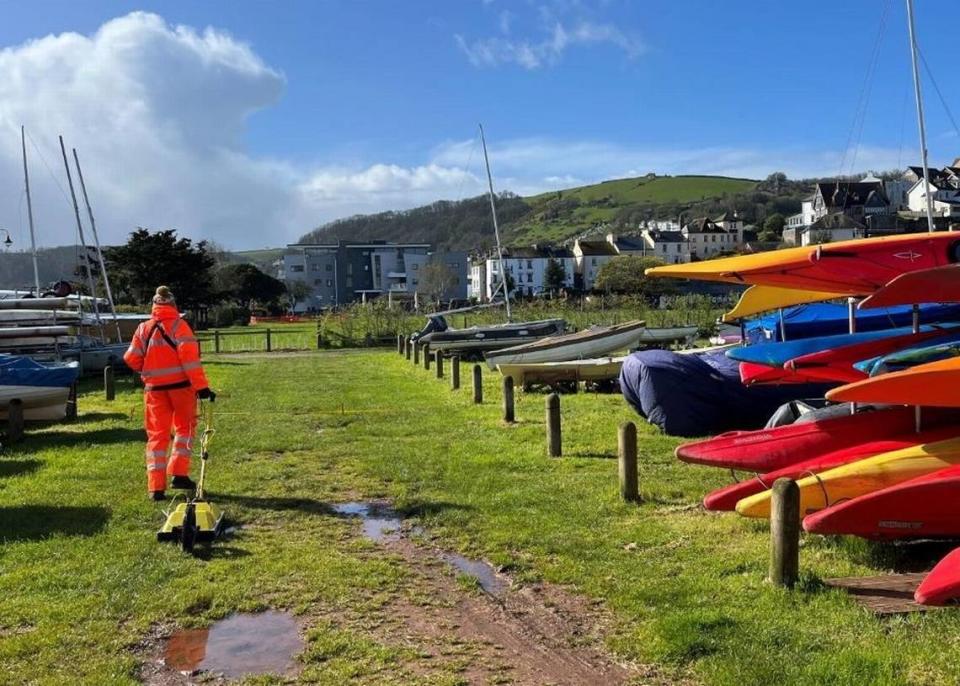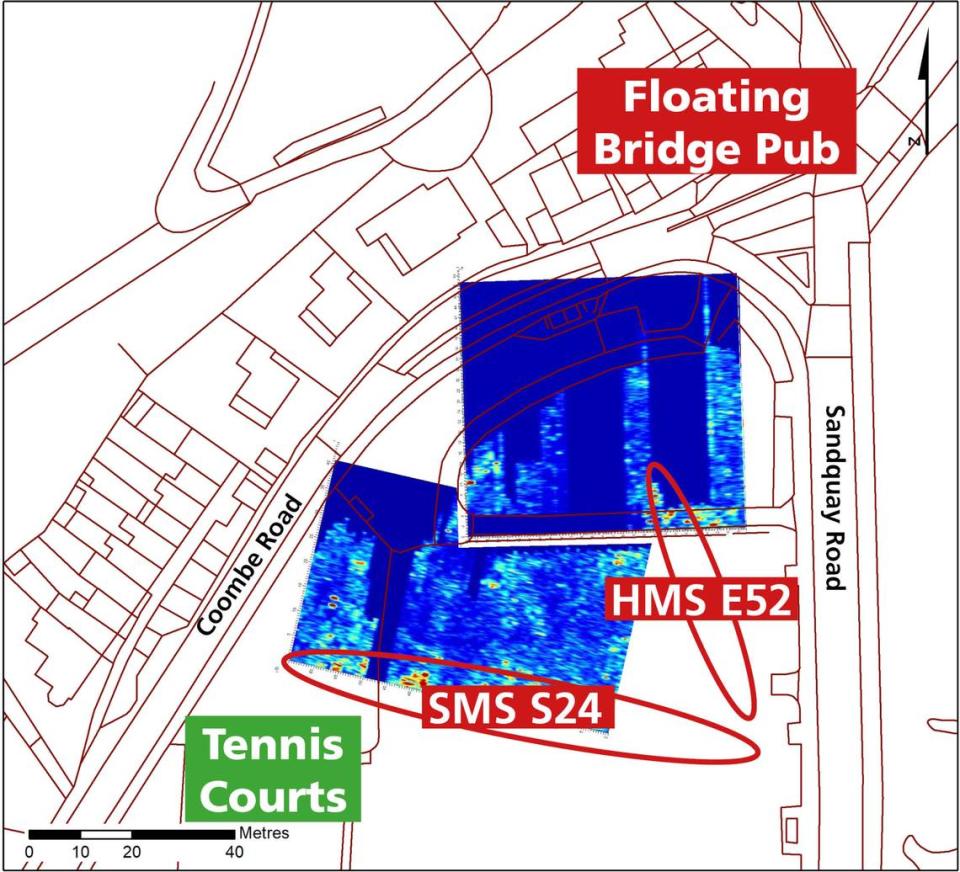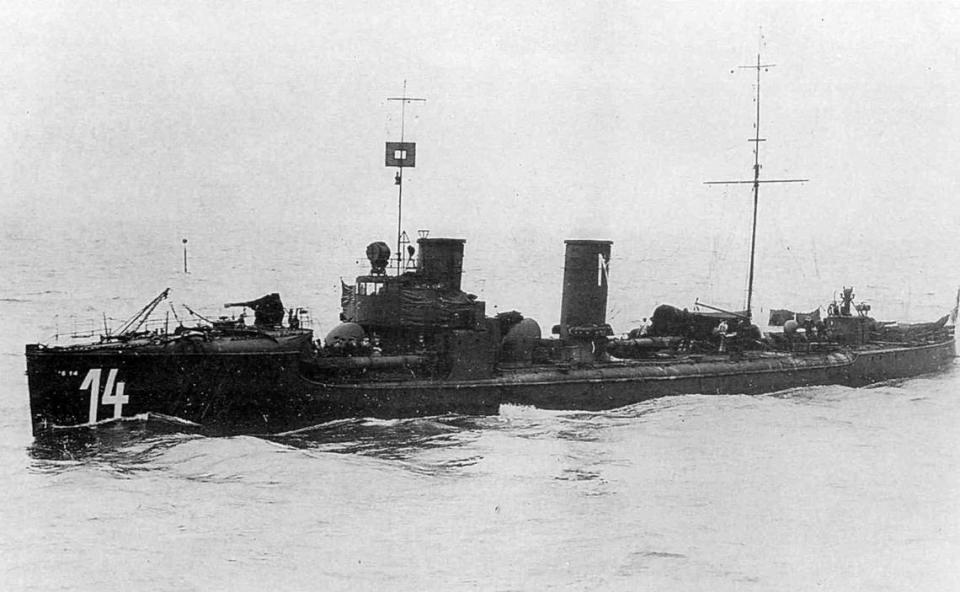‘Urban legend’ of a submarine beneath UK park might actually be real, experts say
A submarine beneath a park? That’s exactly what an “urban legend” circulating among locals in the southern United Kingdom claims. The story may actually be true, according to researchers.
The massive green expanse of Dartmouth’s Coronation Park sits along a river, just a little way upstream from the coast. The trimmed lawn and tennis courts used to be a mudflat until the area was transformed in the 1920s, the University of Winchester said in a news release.
By dumping soil onto the mudflats, the city created Coronation Park and sparked an “urban legend” about a buried submarine, the Royal Navy of the United Kingdom said in a June 30 news release.
The legend caught the attention of Tom Kemp, a submarine lieutenant and teacher at nearby Britannia Royal Naval College, navy officials said. Kemp searched the archives and suggested that the buried submarine was HMS E52.
HMS E52 was a British World War I submarine measuring 180 feet long and about 23 feet wide, the university said. The submarine was used for four years then sent to a scrap yard in Dartmouth in 1921.
“Everyone assumed it had been moved,” Simon Roffey, an archaeologist involved in the project, told the navy.
The possibility of finding the abandoned submarine intrigued Roffey and David Ashby, a soil expert with the University of Winchester, officials said. Using ground penetrating radar, the pair scanned the corner of Coronation Park where they suspected the submarine was buried.
The scan showed “two long shapes” beneath the park, the university said.

Roffey and Ashby identified these shapes as the HMS E52 submarine and a German torpedo boat S24, navy officials said. A graphic shows the possible locations of the buried boats.
“Instead of being scrapped, (the two boats) were seemingly left on the mudflat … likely (for) a logistical reason,” Ashby told McClatchy News.

After roughly a decade of sitting in the mud, the boats likely sank, Ashby said. “Once the ‘high’ parts of the vessels are removed … there would then be enough depth of material (to) infill the park and cover the vessels (with) no trace to be seen on the surface.”
Coronation Park is just over 3.5 football fields in size, the navy said.
Still, the radar scans “are not definitive,” the University of Winchester said. Roffey and Ashby plan to scan the area again with another type of radar “which is very sensitive to detecting metal.”

The researchers have also requested permission to dig and “hopefully identify a piece of equipment or metal unique to E52,” navy officials said.
After 80 years, whatever sits below the park “probably bears very little resemblance to a submarine any more,” Kemp told navy officials.
Dartmouth is along the coast of England and about 200 miles southwest of London.
Romans had dinner party 2,000 years ago — and metal detectorist found what’s left
Legend claims there’s entrance to Underworld in Mexico — and experts think they found it
Workers clearing bushes stumble on 2,000-year-old family treasure in Italy, photos show
